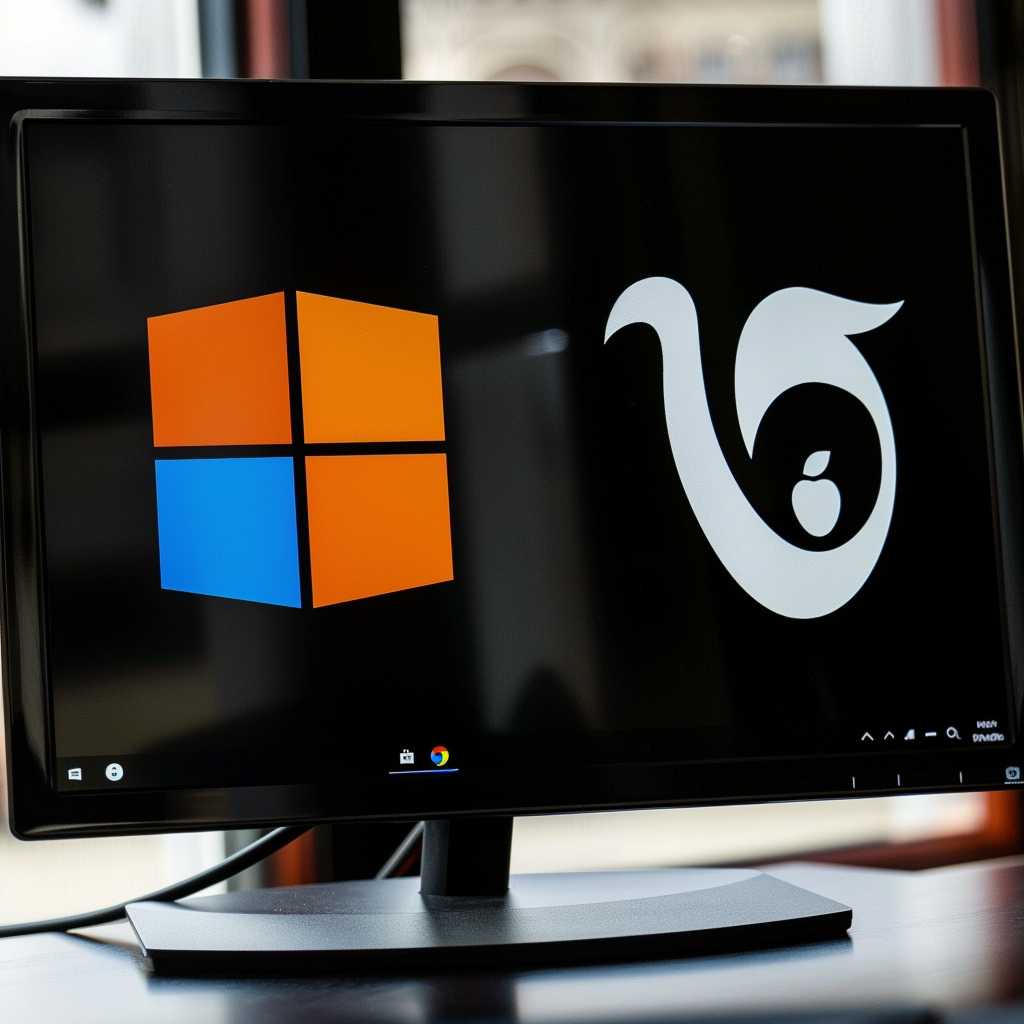Understanding the Windows Subsystem for Linux (WSL): A Comprehensive Exploration
As the world of computing continues to intertwine various operating systems and platforms, the need for seamless integration grows especially important. The Windows Subsystem for Linux (WSL) is a shining example of this convergence, allowing users to run a fully-functional Linux environment directly on Windows. We will delve into the different facets of this technology, examining its development, features, advantages, and impact it poses on the field of software development and beyond.
Origins and Evolution of WSL
WSL was initially introduced as a limited compatibility layer with the release of Windows 10 in 2016. The primary intent was to aid developers whose workflows required using tools on both Windows and Linux operating systems without resorting to dual-booting or virtual machines.
Part of its evolution was the introduction of WSL 2, which incorporated a more significant shift in architecture. This new iteration provided an actual Linux kernel built by Microsoft, signaling a major improvement over its predecessor by enhancing speeds, supporting more full-featured Linux distributions, and providing better system calls compatibility.
WSL’s Seamless Integration into Windows
The magic of WSL lies in its ability to provide a Linux-compatible kernel interface that translates Linux system calls to Windows system calls, making Linux applications believe they are running on a regular Linux kernel. This remarkable capability allows development tools, utilities, and runtimes common in the Linux world to operate on the Windows platform with minimal overhead.
Developer Productivity and Use-Cases
One of WSL’s vital selling points is how it boosts developer productivity. By supporting Linux-specific workflows on Windows, developers no longer need to leave their preferred platform or incur additional overhead to write, test, or deploy Linux-applicable applications. Several use-cases present themselves readily:
– Running development environments that rely specifically on Linux.
– Testing applications or systems that must operate cross-platform.
– Utilizing traditional Linux build chains and toolsets like Makefiles or Shell scripts.
The inclusion of support for container technologies like Docker also positions WSL as a valuable tool for DevOps practices, streamlining containerization and microservices workflows for developers on Windows machines.
Performance Considerations with WSL
WSL is optimized for performance, particularly in its second iteration, offering near-native speeds to developers running Linux binaries on their Windows systems. Benchmarks often cite that I/O performance, especially filesystem access within the Linux environment, significantly improves with WSL 2.
Moreover, continued refinements and improvements from Microsoft further close the gap between running a native Linux operating system and leveraging WSL for development purposes.
Impact on Cross-Platform Development
As projects increasingly require cross-platform support, tools like WSL play a pivotal part in simplifying complexities involved. By creating a unified environment where code can be developed and tested across different platforms without leaving Windows Server or desktop operating systems, WSL mitigates the potential issues related to environment discrepancies during software development life cycles.
Future Directions and Expansions
Microsoft continues to show a commitment to expanding WSL’s capabilities. From integrating with the Windows Terminal for an improved user interface to supporting graphical user interfaces (GUIs), enriching networking features, and continually updating the kernel version for better compatibility—WSL’s horizon continues to grow broader.
Complementary Tools and Ecosystem
An ecosystem rapidly forms around core technologies like WSL. Additional tools such as IDE extensions enable developers to interact with their WSL environments as if they are part of their normal desktop workspace. This integration effectively bridges two worlds that once seemed forever separate.
Notes
–
–
–
–
–
